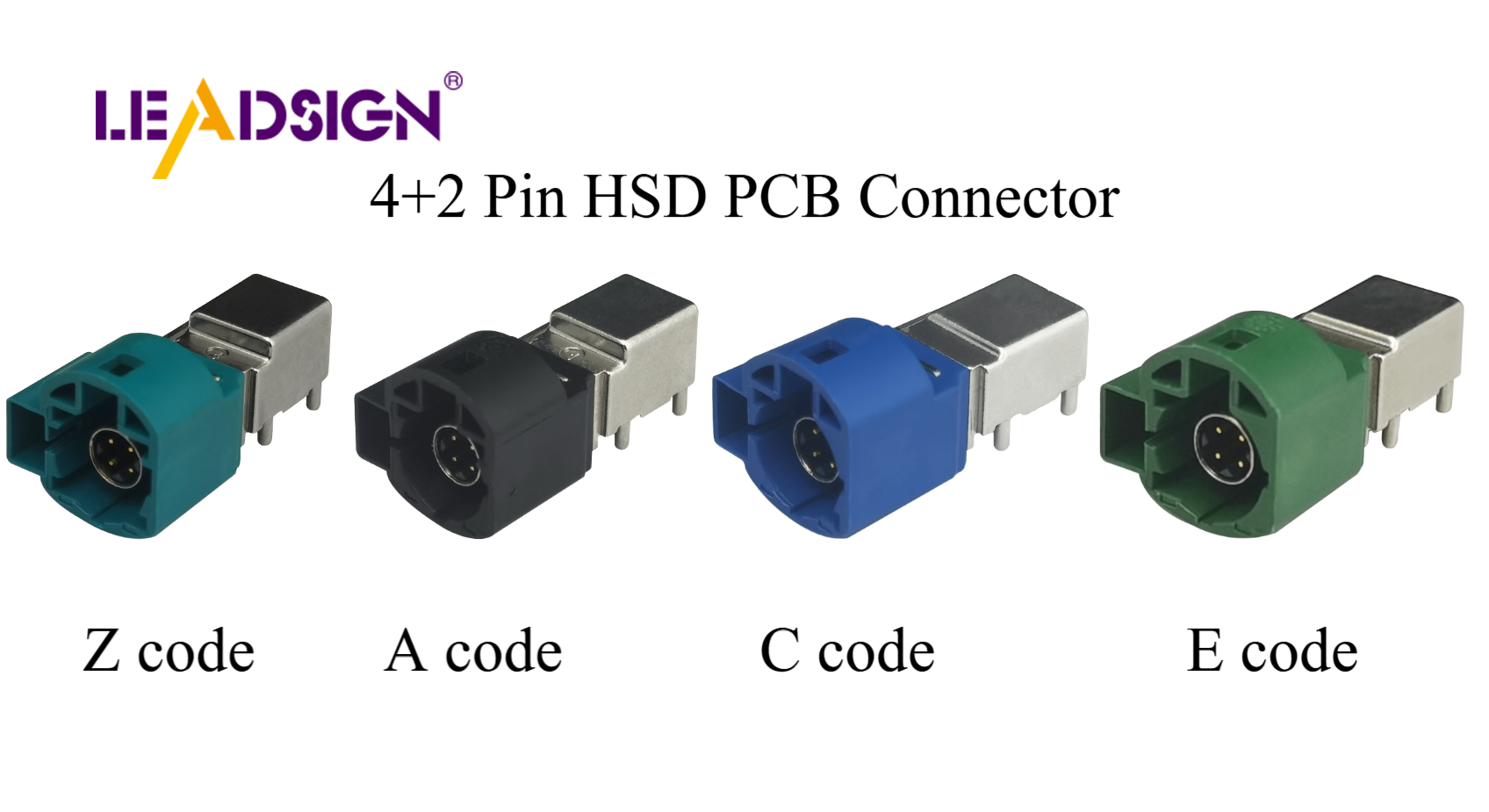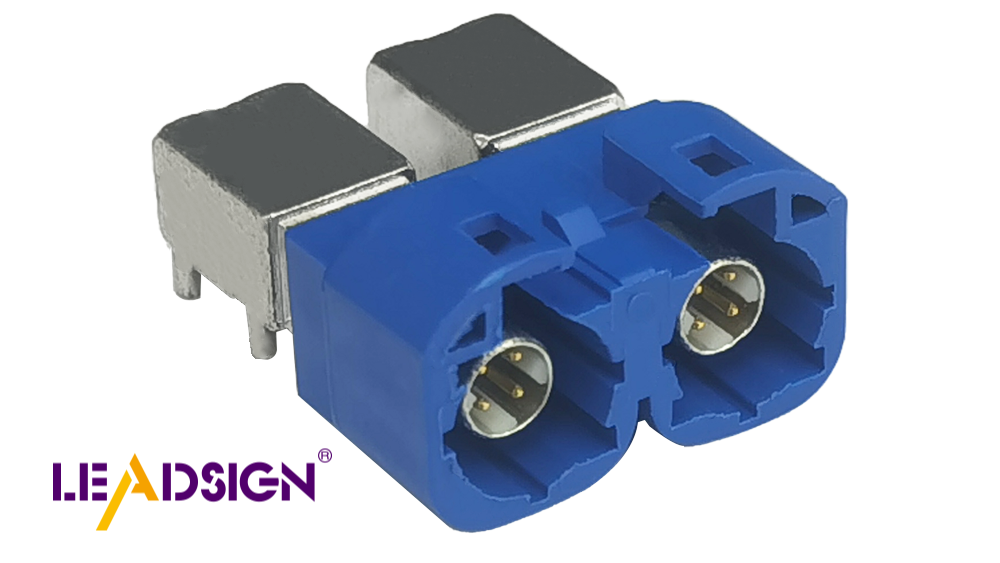Mastering the Types of Connectors Electrical for Safe Installations

Understanding wiring connector types is crucial for ensuring electrical work is safe and reliable. Using the wrong connectors can pose significant dangers, potentially leading to electric shocks or even fatalities. According to the Bureau of Labor Statistics, 10% of work-related deaths are attributed to electrocutions, some of which result from faulty connectors. In automotive and electrical applications, selecting the appropriate wiring connector types is essential. This knowledge not only prevents accidents but also enhances the performance and longevity of electrical systems.
Key Takeaways
Understanding different types of electrical connectors is essential for safe and reliable installations, preventing accidents and enhancing system performance.
Familiarize yourself with key features of connectors, such as pin configurations, shapes, sizes, and color codes, to make informed choices.
Utilize wiring diagrams to identify the correct connectors for your projects, ensuring you understand the symbols and connections involved.
When selecting connectors, consider the application, environment, electrical needs, and trusted brands to ensure quality and safety.
Locks and slots in connectors are crucial for maintaining secure connections, preventing accidental disconnections and system failures.
Don't hesitate to seek expert advice or use online resources if you're unsure about connector types or installation processes.
Regularly educate yourself about connectors and their applications to improve your electrical work and ensure long-lasting, safe installations.
Understanding the Basics of Wiring Connector Types

Knowing about car connectors is important for electrical work. These connectors help wires and parts talk to each other. Let's look at the main features and common types of connectors.
Key Features of Connectors
Pin Numbers and Configurations
Connectors have many pins, each with a job. The number and setup of pins can change. You need to know if a connector is a plug or socket to match them right. This is very important in car connectors for safety and good work.
Shapes and Sizes
Connectors come in different shapes and sizes for different jobs. Some, like "D" type, are used in many places. Others, like USB, are for special uses. Knowing these helps you pick the right one for your work.
Color Codes and Their Significance
Colors help you know connectors. They show which wires go together and stop mistakes. For example, gray is for small wires, yellow for big ones. Knowing colors helps you choose the right connector.
Common Wiring Connector Types
Blade Connectors
Blade connectors are easy to use. They let you connect and disconnect quickly. You slide the blade into a slot for a tight fit.
Ring and Spade Terminals
Ring and spade terminals make strong connections to screws. You put the ring or spade on a screw for a firm hold. These are great when you need a strong connection.
Bullet Connectors
Bullet connectors join wires simply. They have a male and female part that snap together. This makes them good for quick and strong connections.
By knowing these features and types of connectors, you can make smart choices in your projects. This helps keep things safe and makes your work last longer.
Special Parts and Changes in Connectors
Knowing special parts and changes in connectors helps you connect safely. Let's look at some important parts of these connectors.
Slots and Locks for Safe Connections
Why Locks Matter
Locks keep connectors attached. They stop them from coming apart by accident. This prevents system problems or dangers. Picking connectors with good locks makes your car's electrical systems stable and safe.
Knowing Slot Types
Slots guide and hold connections. Learn about different slot types to match your needs. Some slots are easy to use, while others stay put longer. Knowing these helps you pick the right connector.
Car-Specific Connectors
OBD-II Connectors
OBD-II connectors are key in car connectors. They let you check the car's system for info on how it runs. Knowing how to use them helps you fix and care for your car.
Headlight and Taillight Connectors
Headlight and taillight connectors are important for car lights. Make sure they fit and work with your car's systems. Good connectors stop lights from flickering and keep you safe on the road.
By knowing these special parts and changes, you can make smart choices with connectors. This helps keep things safe and makes your electrical systems last longer.
Practical Tips for Finding Connectors
Finding the right connectors is key for any electrical job. Here are some simple tips to help you choose wisely.
Using Wiring Diagrams
Wiring diagrams are helpful for knowing and finding connector types. They show pictures of the electrical system, making it easy to find the right connectors.
How to Read and Understand Diagrams
To read a wiring diagram, learn the symbols and lines first. Each symbol stands for a part, and lines show how they connect. Follow the lines to see how parts link. This helps you see how electricity moves and find the connectors you need.
Common Symbols and Signs
Common symbols are lines for wires, circles for connectors, and squares for parts. Signs often show wire colors and sizes. Knowing these symbols and signs helps you quickly find the right connectors for your job.
Asking Experts and Using Resources
Sometimes, you need help to make sure you use the right connectors. Experts have the tools and know-how to solve problems well.
When to Ask for Expert Help
Ask for expert help if you're unsure about connectors or working with tricky systems. Experts can give advice and tips, helping you pick the right parts.
Suggested Online Resources
Online resources have lots of info. Websites, forums, and videos can help you find car electrical connectors. These resources have guides and community tips, useful for both new and skilled users.
Buying the Right Connectors
Picking the right connectors means more than just choosing the first one you see. Think about a few things to make sure they fit and are safe.
Things to Think About When Buying
When buying connectors, think about the type of connection, where it will be used, and the power needed. Make sure the connectors fit your system to avoid problems.
Trusted Brands and Sellers
Choose trusted brands and sellers known for good quality. Brands like Molex and LEADSIGN have strong connectors for many uses. Good sellers give you real products, lowering the chance of problems.
By using these simple tips for finding connectors, you can have safe and good installations. Knowing connector types and asking experts will help you make smart choices, leading to successful electrical work.
Picking the right connectors keeps your electrical work safe. Using the correct connectors helps wires connect well. Follow tips and use resources to learn more about connectors. This is important, especially where things need to work well. Keep learning about connectors to make sure your systems work best. Remember, good connectors make your whole system work better.
FAQ
What are the different types of electrical connectors and their specific uses?
Electrical connectors have different types for special jobs. Some common ones are:
Butt Connectors: Join wires end-to-end.
Spade Connectors: Good for quick connects and disconnects.
Ring Terminals: Secure to screw terminals.
Quick-Disconnects: Easy to attach and detach.
Heat Shrink Connectors: Add insulation and protection.
Pick the right type based on your project's needs and how secure you want it.
How do I choose the right connector for my project?
To pick the right connector, think about:
Application: What will the connector do?
Environment: Consider temperature, moisture, and shaking.
Electrical Needs: Check voltage and current ratings.
Size and Shape: Make sure it fits with other parts.
Ease of Use: Decide if quick-disconnect is needed.
Why is it important to use the correct connector?
Using the right connector keeps things safe and reliable. It stops electrical problems, lowers accident risks, and boosts system performance. Good connectors fit well, reducing disconnections.
Can I use any connector for automotive applications?
No, use connectors made for cars. They handle tough conditions like shaking, heat, and chemicals. Wrong connectors can cause failures and dangers.
How do I identify a connector if I'm unsure?
Identify a connector by:
Checking Pin Setup: Count pins and see their layout.
Looking at Shape and Size: Compare with known types.
Using Color Codes: Check wire color codes.
Using Wiring Diagrams: Match symbols and notes.
What should I do if I can't find the right connector?
If you can't find the right connector, try:
Asking Experts: Get advice from pros.
Using Online Help: Look at websites, forums, and videos.
Contacting Makers: Ask manufacturers for help.
Are there trusted brands for electrical connectors?
Yes, brands like Molex and LEADSIGN are trusted. They make strong and reliable connectors for many uses. Picking good brands means better quality and fewer problems.
How can I ensure a secure connection with connectors?
To make sure connections are secure:
Use Locks: Pick connectors with locks to stop accidents.
Match Slots: Ensure slots and connectors fit.
Follow Instructions: Stick to maker's installation steps.
What are the benefits of using heat shrink connectors?
Heat shrink connectors give benefits like:
Extra Insulation: Protect against moisture and dirt.
Better Strength: Heat shrink makes connections stronger.
More Safety: Lowers short circuit and failure risks.
Can I replace a connector myself, or should I seek professional help?
You can replace a connector if you have skills and tools. But, get help if unsure or working with tricky systems. Pros ensure correct installation and fewer mistakes.
See Also
Everything You Need To Know About HSD Connectors
Fakra Connectors Explained: Benefits, Uses, And Setup Advice
Understanding Fakra Male Connectors: A Detailed Overview

